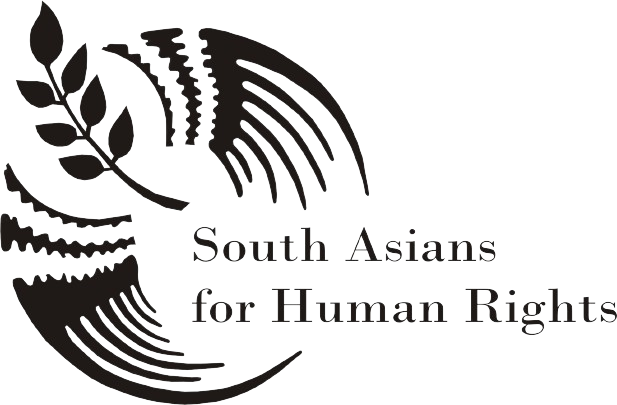Nepal’s human rights examination
DR DINESH BHATTARAI The United Nations General Assembly Resolution A/60/251 also known as the founding resolution of the Human Rights […]
Read more →DR DINESH BHATTARAI The United Nations General Assembly Resolution A/60/251 also known as the founding resolution of the Human Rights […]
Read more →Despite declaring caste discrimination an unlawful act in Nepal, cases of such discrimination have continued to haunt the people from […]
Read more →A group of human rights defenders have sent an open letter to the government and political leaders warning that Nepal […]
Read more →After all mechanisms in Nepal failed to deliver justice to the family of Tej Bhandari, a victim of enforced disappearance, […]
Read more →After a string of news reports on the exploitation and the great hardships of Nepali women domestic workers (housemaids) in […]
Read more →In recent years, Nepal has lost the glory it once enjoyed in the international arena for its endemic corruption and […]
Read more →In May this year, the government made a big show when Nepal ratified the UN Convention on Rights of Persons […]
Read more →The government for the first time has readied a national action plan to ensure women’s participation in every step of […]
Read more →Subjected to gender-based violence, life for Ramita Khanal (name changed) was no better than a nightmare until a few years […]
Read more →In the current political impasse, which has catalysed the institutionalisation of impunity in the country, human rights defenders (HRDs) and […]
Read more →